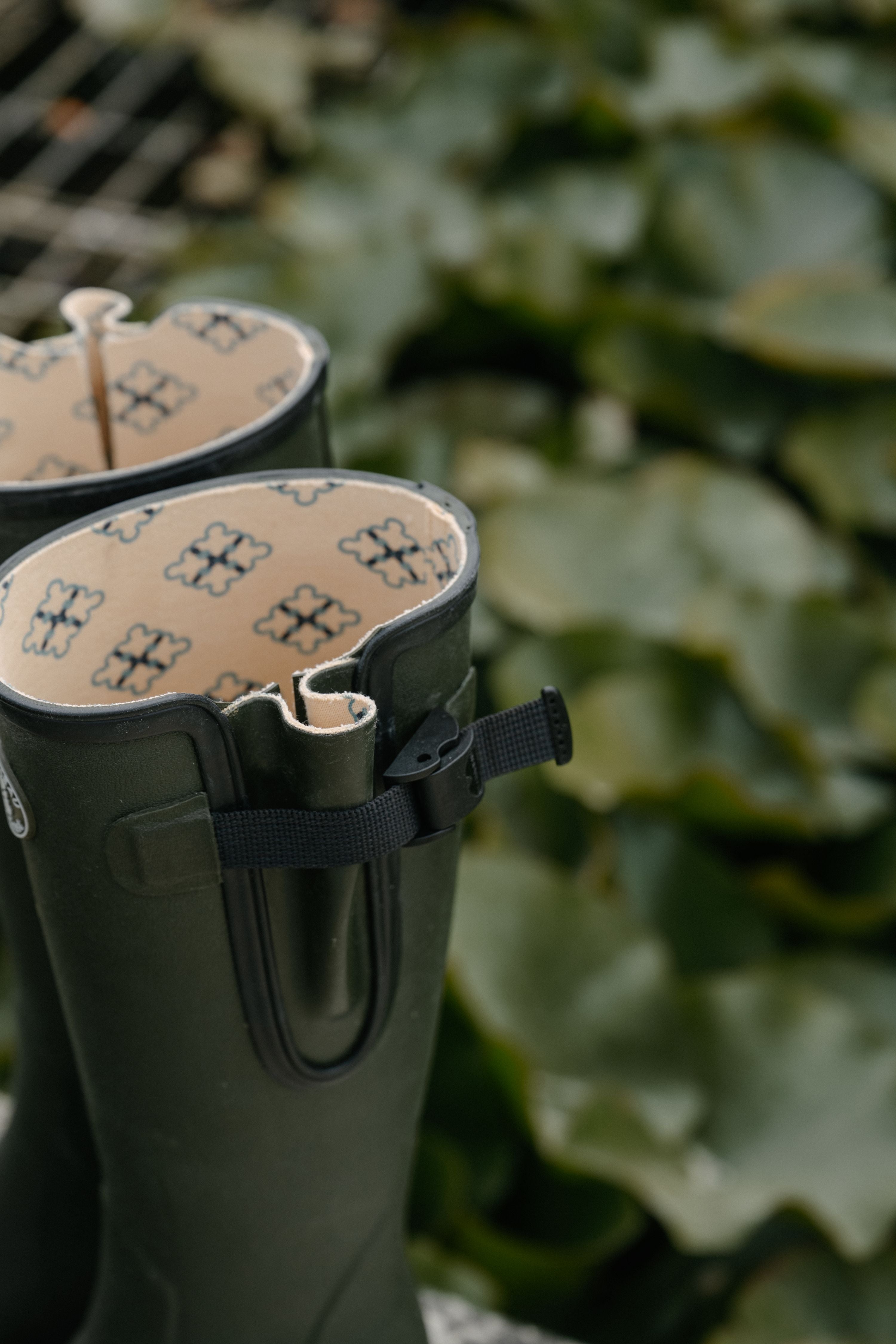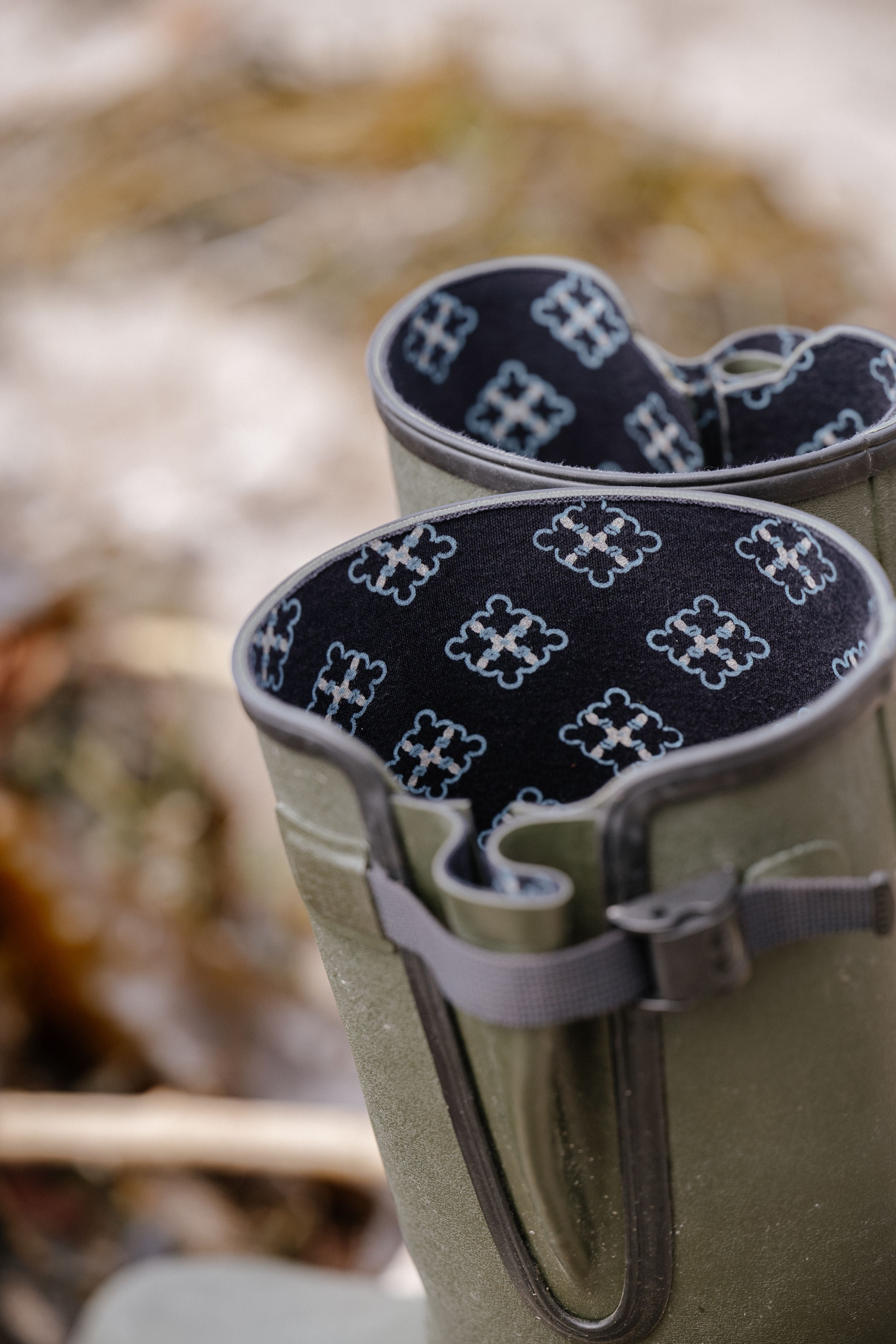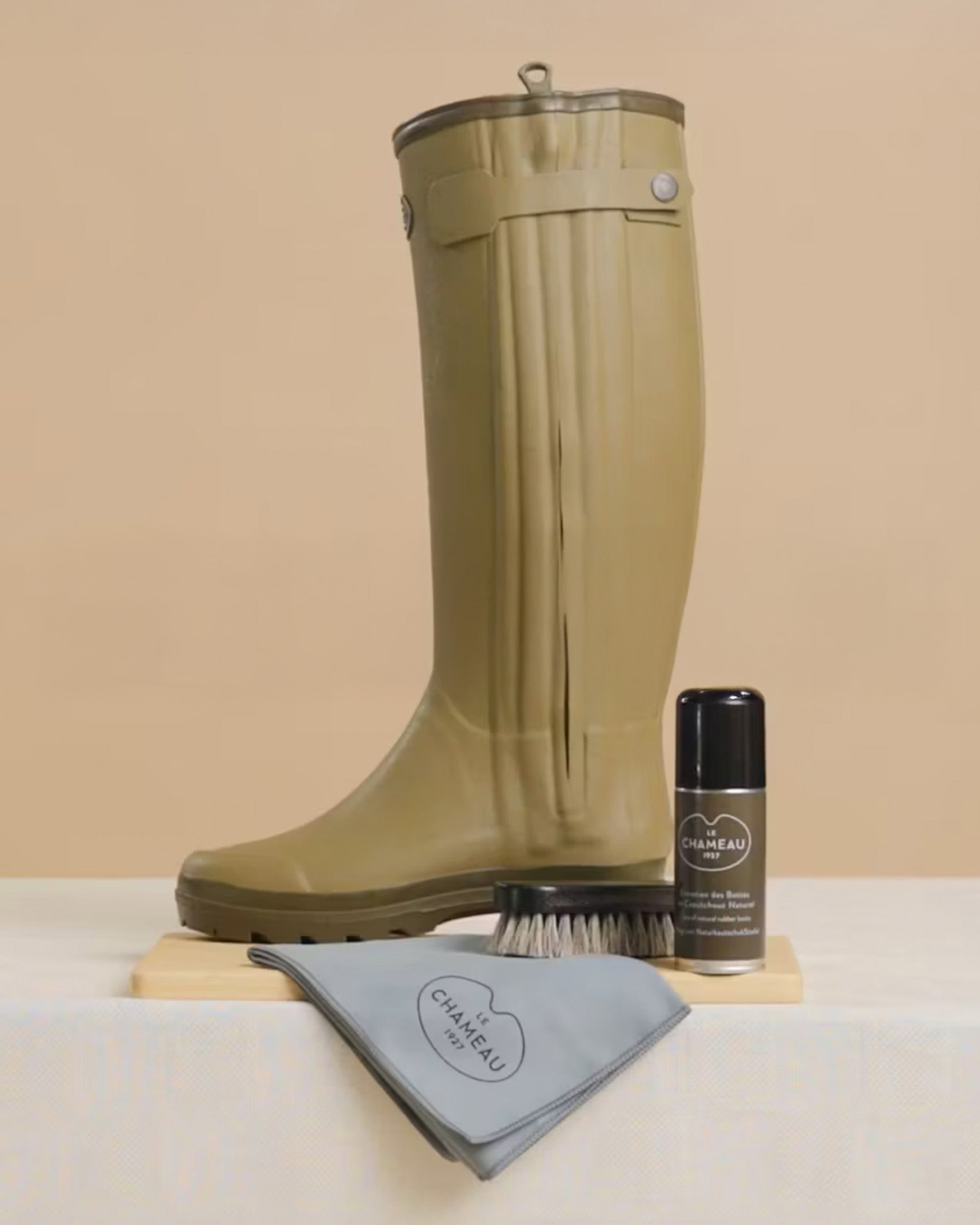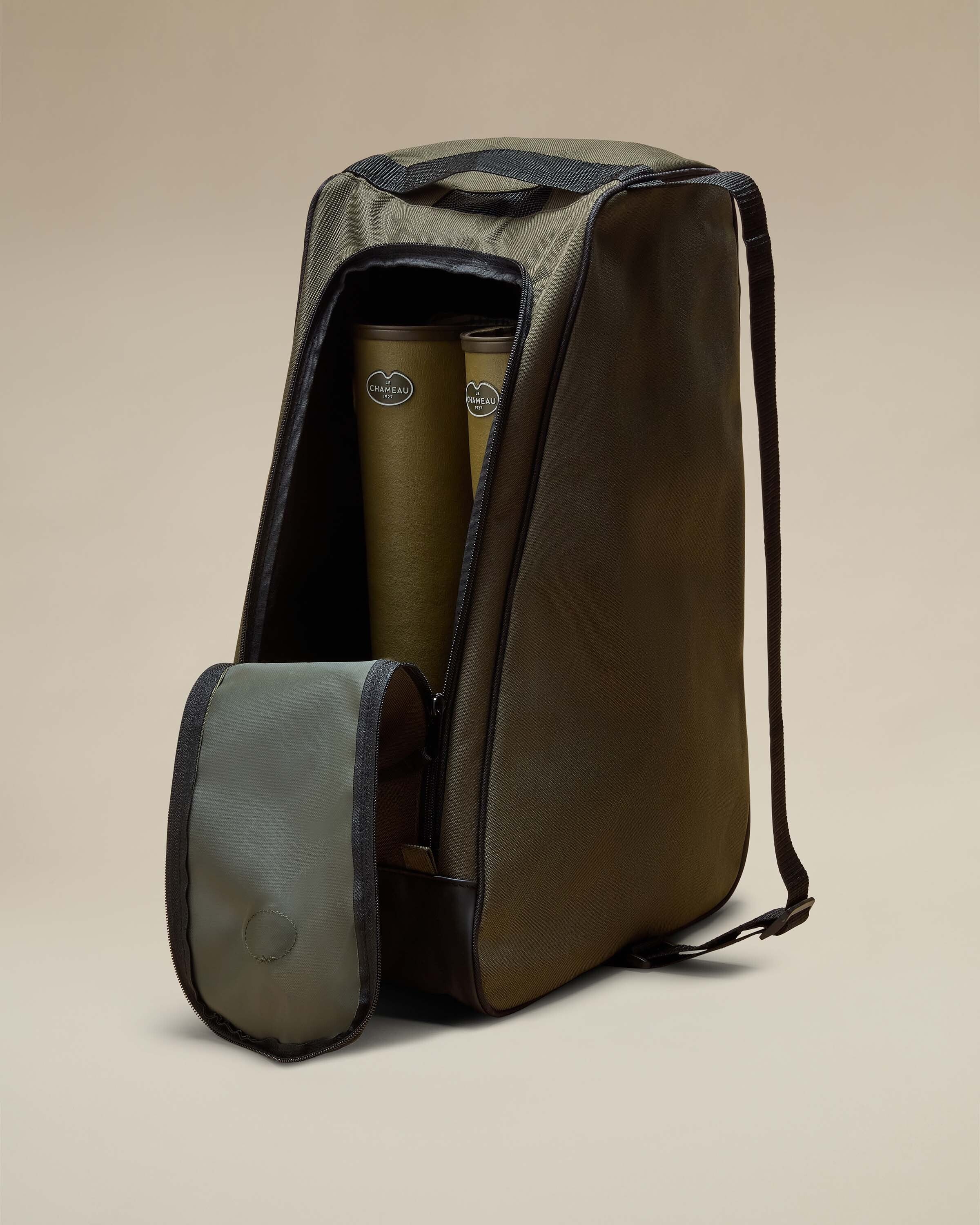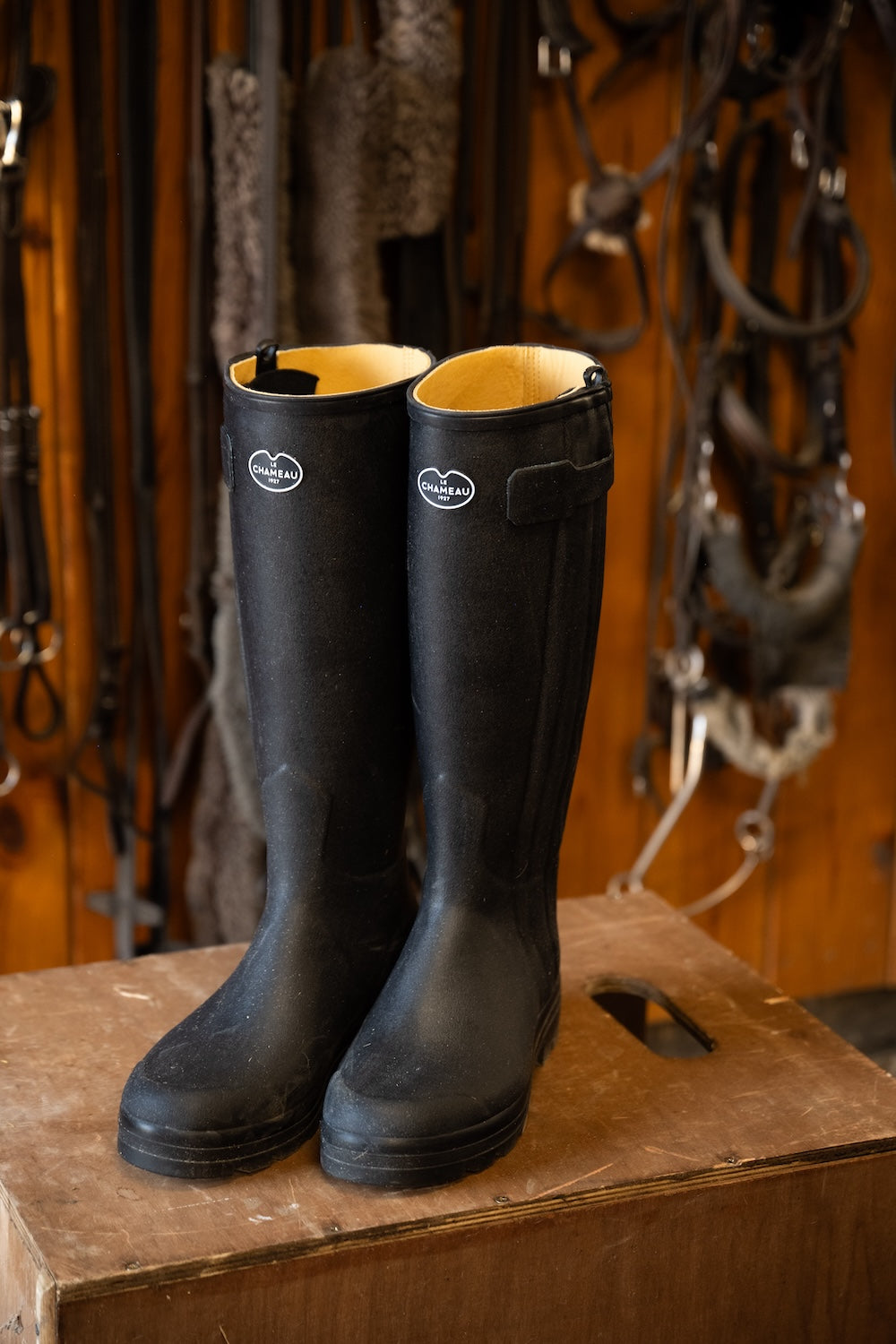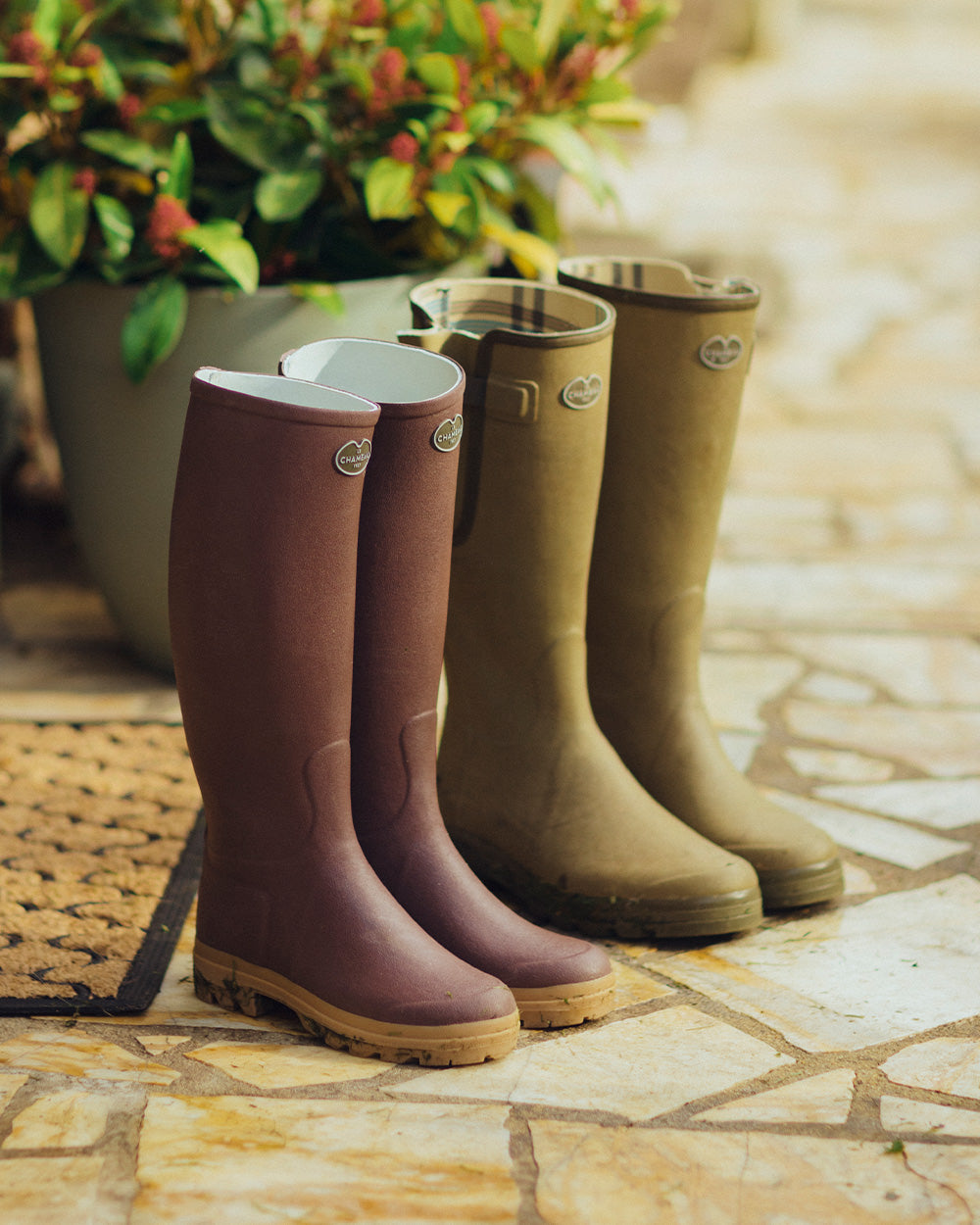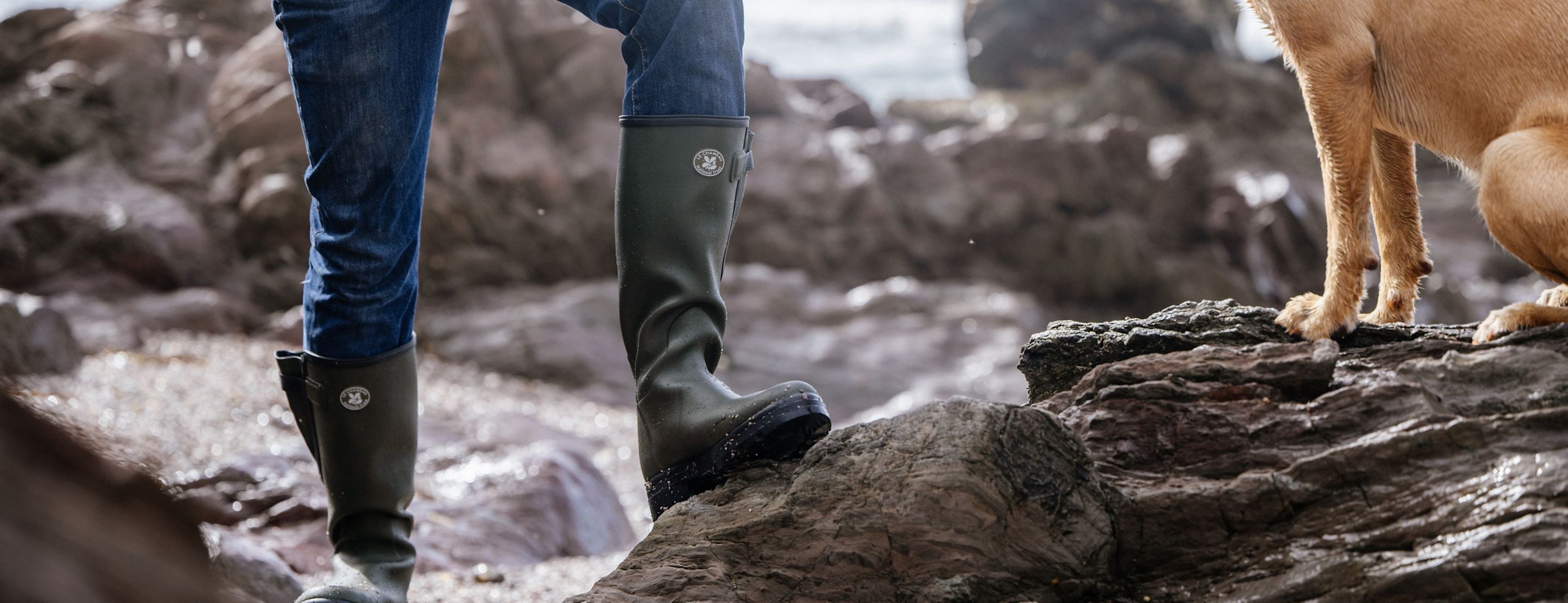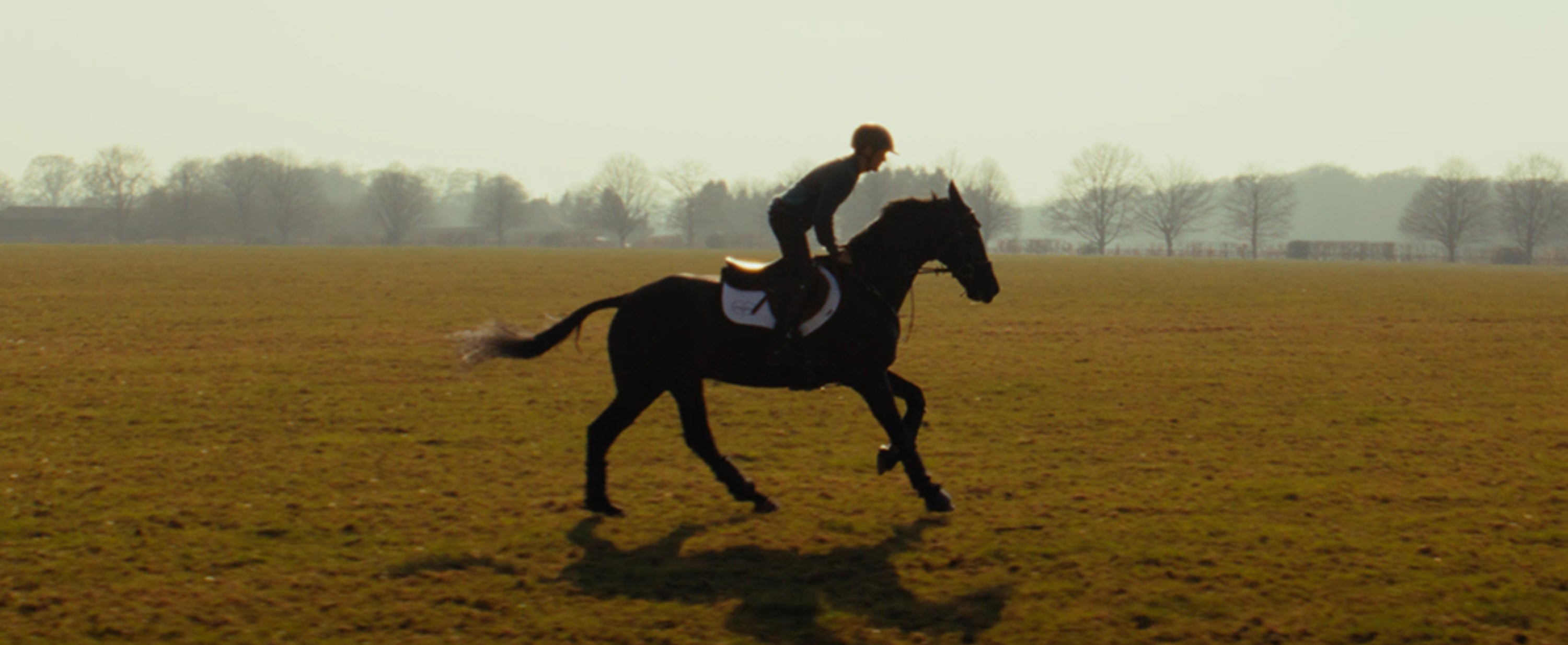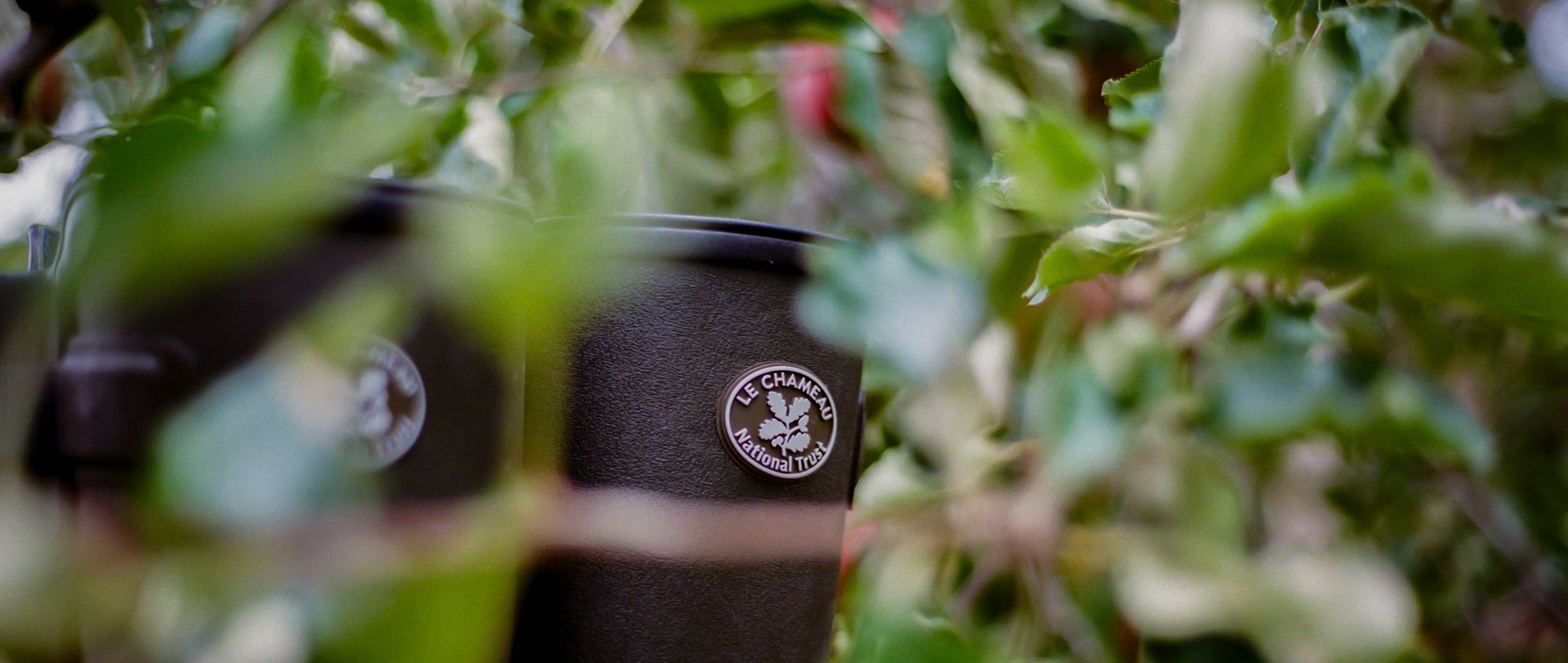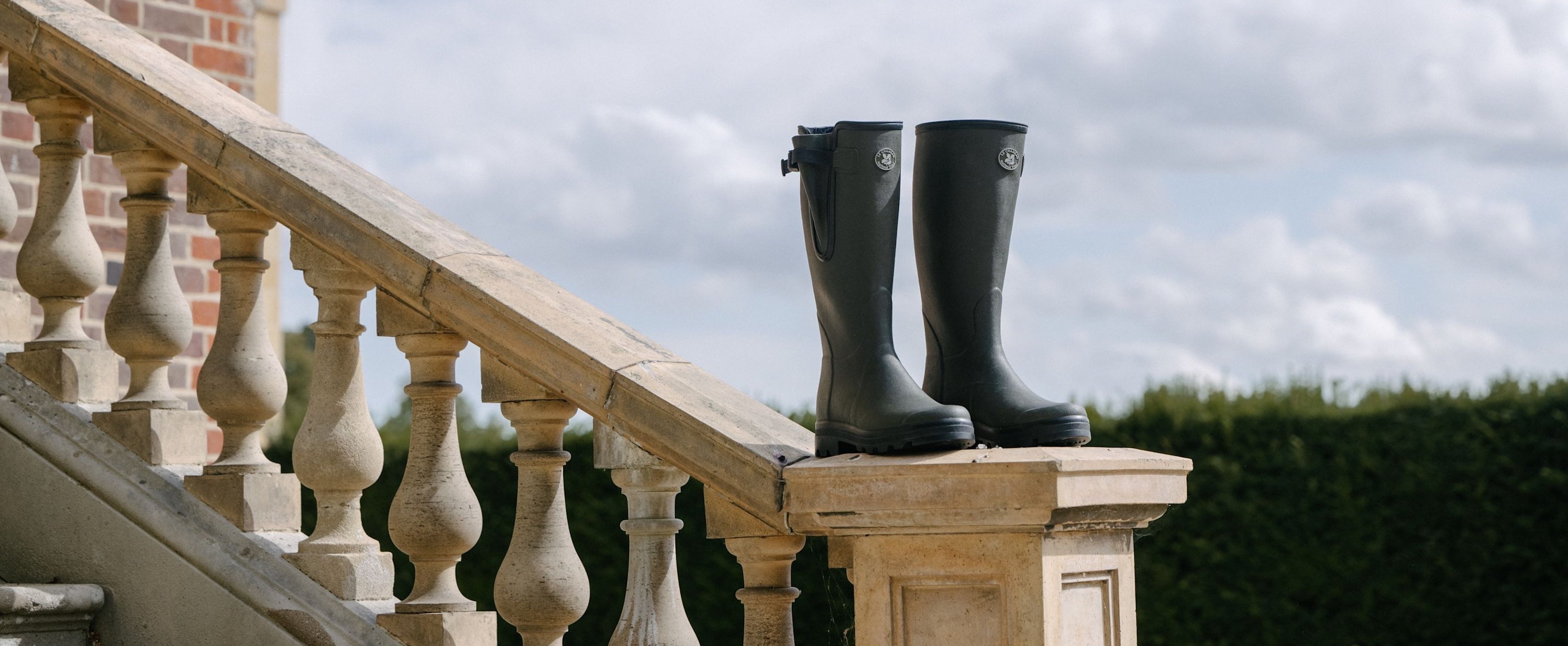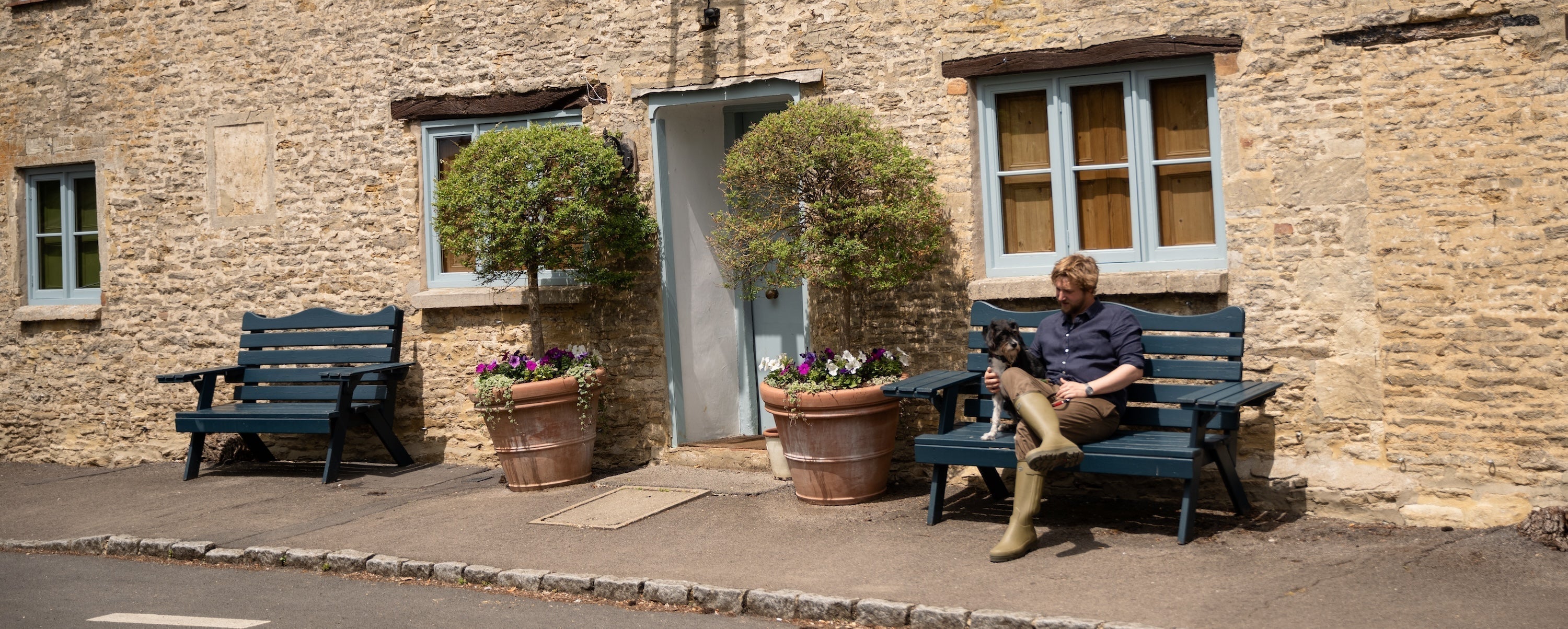The concept is simple: Sail solo around the world, via the Great Capes, without stopovers or assistance. In practice, though, Guirec Soudée’s next big challenge is far from straightforward.
“I’ve dreamt about it since I was a kid…” Guirec Soudée talks with a palpable sense of awe about the huge test ahead of him, and that’s hardly surprising given its gravitas. The Vendée Globe pits the sailing elite against one another in a 24,300-mile race. Often referred to as the Everest of the seas, the yachtsmen and women who partake in the maritime epic every four years must sail solo around the world with no stops or assistance.
Guirec, as we know, is no stranger to extreme endeavours, but he’s the first to acknowledge that the Vendée Globe (named after the French administrative department on the Atlantic coast where it starts and ends) is a very different beast to anything he has done before.
This year, the tenth iteration of the round-the-world competition begins on 10 November and will be contested by 44 sailors – many of them from France, but with skippers from the UK, China, Japan, Italy, Switzerland, America, and New Zealand, too.
“To qualify, you have to do as many miles as possible in competition,” explains Guirec. “Let’s say that 1 mile equals 1 point. A transatlantic race is 3,500 miles, so 3,500 points. In preparation, since getting my boat, Freelance.com. I’ve taken part in several transatlantic races.”
What Makes the Vendée Globe So Challenging?
Founded by French yachtsman Philippe Jeantot in 1989, just 114 of the 200 skippers who have competed in the Vendée Globe to date have managed to cross the finish line in Sables d'Olonne. Adversity is rife.
As Guirec and his fellow contestants sail down the Atlantic, cross the Indian and Pacific oceans and then sail back up the Atlantic, they must combat route-changing waves and winds, ice, currents, and anticyclones. Complex weather systems, influenced by areas of high and low pressure, render their path far from straightforward; when the yachtsmen and women set sail from Vendée, they enter the unknown and must rely on skill, adaptability, and not a small amount of luck.
The Vendée Globe typically takes 90 days; the sailors launch in mid-autumn, encounter an austral summer near the midway point, and make the return journey amid wintery squalls. Along the way, boat repairs are par for the course. Wrecked rudders, snapped masts, collisions, capsizing and losing the way are all very real possibilities, but the sailors are allowed no physical help and cannot step ashore beyond the high tide mark; everything must be done at sea.
Unsurprisingly, rescues are not unheard of. In 2020, Kevin Escoffier’s boat broke up and sank about 800 miles south-west of the Cape of Good Hope. Fellow skipper Yannick Bestaven played a key part in the search and rescue of his compatriot and was later handed a time bonus of 10 hours and 15 minutes for his efforts. Usually, the winner of the Vendée Globe is the first sailor to cross the finish line, but in this instance Bestaven’s time compensation put him on the top step of the podium.

Heroes of the Vendée Globe
Every person who competes in the Vendée Globe has an extraordinary story to tell. If you win the Holy Grail of ocean racing, you become a legend. And Guirec is hoping to join the roster of names synonymous with the famous challenge that sees thousands of people swarm around the quaysides of Les Sables d’Olonne for its start and finish.
French skippers tend to dominate the leader board, and that’s no coincidence; the system they pass through – which typically begins in youth sailing and then progresses through to Mini Transat and Figaro classes, where skills are honed for many years – has been referred to as a “production line for talent”.
Past winners have included legendary sailors such as Titouan Lamazou, Alain Gautier, Vincent Riou, François Gabart and Yannick Bestaven. Only one sailor, Michel Desjoyeaux, has won it twice. The record for the fastest time belongs to 2016/17 race winner Armel Le Cleac'h, who, aboard Banque Populaire, crossed the finish line after 74 days and 3 hours at sea, beating the previous event record by more than three days.
What Type of Boats Are Used for the Vendée Globe?
All of the boats used in the Vendée Globe are 18-metre-long monohulls. Designed to slice through water and endure the harshest of conditions, they are capable of reaching speeds of nearly 40 knots with the wind behind them. Each carries – and is carried by – a selection of sails that are suited to different wind speeds and conditions. As you’d expect, boat design continually evolves. New boats being developed for the Vendée Globe represent a cutting-edge fusion of the very best in skipper safety, electronics, useful data and navigation aids.
For those with smaller budgets and lesser funding, however, purchasing an older model IMOCA 60 has long been a way into the event. Indeed, Yannick Bestaven won the last Vendee Globe on Maître CoQ, a 2016 generation foiler.
Guirec excitedly describes his own boat as “a real racing boat, a true Formula One vessel of the seas”, and sees many strengths in the 2007 Freelance.com IMOCA that he will commandeer in the big race. “We don’t have the most recent boat,” he says, “but it is from a class of boats that were designed specifically for the Vendée Globe. It’s a boat that knows the way, that has been around the globe several times, that has been reinforced.
“Yes, you’re a bit slower compared to this new generation of foiling boats that fly on the water, but we’re banking on reliability. On paper, you have more chances of finishing. The Vendée Globe is also an elimination race, so you must take care of your boat, try to be one step ahead, and sail smoothly. Ultimately, my goal is to bring my boat back in one piece.”

The Challenge Ahead for Guirec Soudée
Guirec will strive to reach that goal with the help of another French sailing great, Roland Jourdain – or ‘Bilou’ as he is widely known. “I told myself that if I ever had to plan a Vendée Globe project, it would be with him. I know he’s in demand, and I’m very lucky to have him involved as a mentor,” Guirec explains.
“Bilou has competed several times in the Vendée Globe himself. What’s funny is that he knows our Freelance.com IMOCA because he’s sailed with it before. He won the Route du Rhum with it. Roland also came with me for the last Transat Jacques Vabre race. It’s a bit like being handed something over.”
Such an ethos will surely serve Guirec well. His unshakeable desire to push the limits is only matched by an insatiable hunger to learn more. In April, he will put his skills and knowledge to the test in the Transat CIC – a solo race from Lorient to New York. “On the way back from that, there is another solo race that I could have entered,” he says, “but I’ve decided to travel back with a crew that will include Lucie, my boat captain, and Corentin Douguet, so that I can learn more and feel even more ready for the Vendée Globe.
“Sure, I can learn by myself, but you learn so much more when there’s someone else by your side, be it Corentin or Roland, because they have so much experience. It’s the final stretch before the Vendée Globe, and it’s coming up fast…”
Read more about the background and achievements of Guirec Soudée here.
